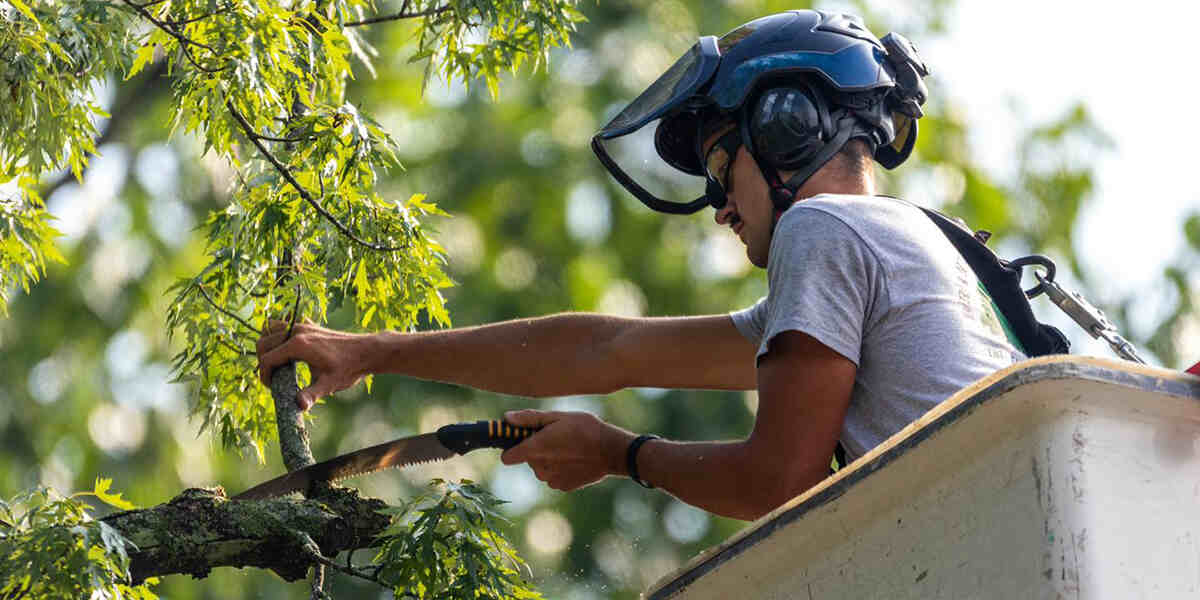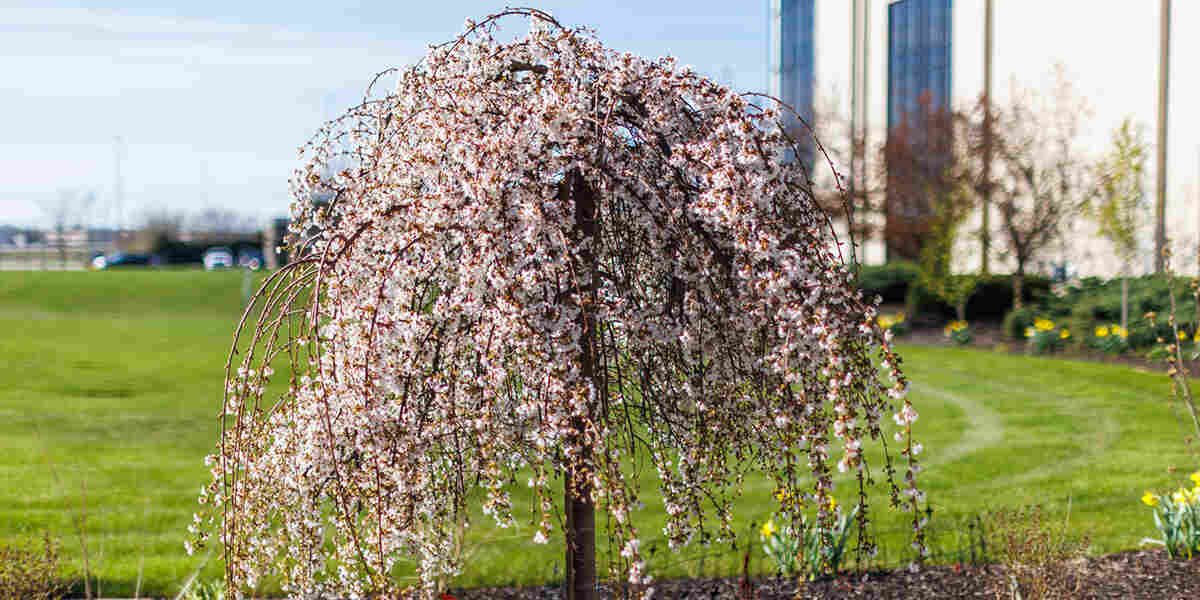Spring Tree Care Checklist
Spring is a time of renewal and growth, not just for flowers and plants, but also for trees. As the weather warms up and nature comes back to life, it’s important to give your trees the care they need to thrive. In this spring tree care checklist, we will outline essential tree care tasks that should be on your to-do list this season.
✅ Inspect Your Trees
The first step in caring for your trees is to inspect them for any signs of damage or disease. Look for broken branches, cracks in the trunk, or any other abnormalities. If you notice any issues, it’s important to address them as soon as possible to prevent further damage. If you’re unsure about the health of your trees, consider consulting with a professional arborist who can provide expert advice.
✅ Pruning
Pruning is an essential tree care task that should be done in spring. Remove any dead, diseased, or damaged branches to promote healthy growth and prevent the spread of disease. It’s also a good time to shape your trees and remove any branches that may be obstructing views or causing safety hazards. When pruning, be sure to use proper pruning techniques and tools to avoid causing unnecessary harm to your trees. Check out an advanced tree cutting guide here!
✅ Fertilize
Spring is the perfect time to give your trees a nutrient boost with fertilizer. Choose a slow-release fertilizer that is specifically formulated for trees and follow the instructions on the package for application rates. Fertilizing your trees in spring will provide them with the essential nutrients they need to support healthy growth throughout the season. More information on Fertilization here!
✅ Watering
Proper watering is crucial for the health of your trees, especially in the spring when they are actively growing. Monitor the moisture levels in the soil and water your trees as needed. Deep watering is recommended to encourage the development of a strong root system. However, be careful not to overwater, as this can lead to root rot and other issues. A layer of mulch around the base of your trees can help retain moisture and regulate soil temperature. Learn more about watering in the Spring here!
✅ Protect Against Pests
Spring is also the time when pests and insects become more active. With spring tree care take steps to protect your trees from common pests such as aphids, beetles, and caterpillars. Regularly inspect your trees for signs of infestation, such as chewed leaves or sticky sap. If you notice any pests, consider using organic pest control methods or consult with a professional for appropriate treatment options. Learn more about protecting your trees here!
✅ Monitor for Diseases
In addition to pests, trees are also susceptible to various diseases. Keep an eye out for signs of common tree diseases such as powdery mildew, leaf spot, or cankers. If you notice any unusual symptoms, such as discoloration, wilting, or unusual growth patterns, consult with an arborist to determine the cause and appropriate course of action. Early detection and treatment can help prevent the spread of diseases and save your trees. Consult a trained arborist here!
Conclusion
Spring is a critical time for tree care, as it sets the stage for healthy growth throughout the year. By following this spring tree care checklist, you can ensure that your trees receive the essential care they need to thrive. From inspecting for damage to pruning, fertilizing, and protecting against pests and diseases, each task plays a crucial role in maintaining the health and beauty of your trees. Remember, if you’re unsure about any aspect of tree care, it’s always best to consult with a professional arborist who can provide expert guidance tailored to your specific trees.

FAQ
How often should I inspect my trees for damage or disease? It’s recommended to inspect your trees at least once a season, with a more thorough inspection in the spring to assess winter damage and prepare for new growth. However, if you notice any sudden changes or damage after storms, inspect immediately.
When is the best time to prune trees, and why? The best time to prune most trees is in the late winter or early spring before new growth starts. This timing helps prevent the spread of disease, allows for better wound healing, and gives the tree shape as it begins to grow in the spring.
How do I know if my trees need fertilizing? When it comes to spring tree care, trees typically need fertilizing if they show signs of poor growth, pale or discolored leaves, or if they are planted in urban areas with poor soil. A soil test can help determine specific nutrient needs.
What is the correct way to water my trees in the spring? Water trees deeply and slowly to reach the root zone, typically by using a drip hose or soaker. The frequency depends on rainfall, soil type, and tree age and species, but generally, once a week is a good starting point. Avoid overwatering and ensure the soil dries slightly between watering.



